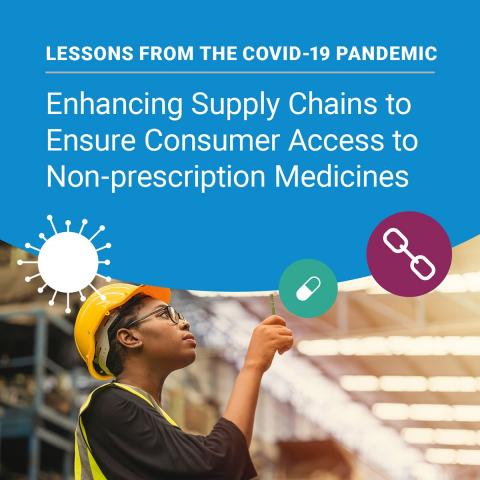According to Harvard Business School professor Willy Shih, the COVID-19 pandemic “exposed vulnerabilities in the production strategies and supply chains of firms just about everywhere. Temporary trade restrictions and shortages of pharmaceuticals, critical medical supplies, and other products highlighted their weaknesses.”1 Among the areas where COVID-19 had a major impact was the supply chain— from starter materials through active ingredients to finished products—of non-prescription medicines that are crucial to decreasing demands on the healthcare systems.
Initially, there was a surge in demand for popular non-prescription medicines across the globe, which, in turn, led to shortages in some geographies. At the same time, international freight shipment, both air and sea, was severely restricted and, consequently, the cost of international transportation of finished goods and product components reached record heights. Supply chain resilience was further tested, with product shortages exacerbated by exporter restrictions of starting materials and active substances. In addition, some governments began stockpiling certain products and many consumers filled their pantries in expectation of future shortages.
